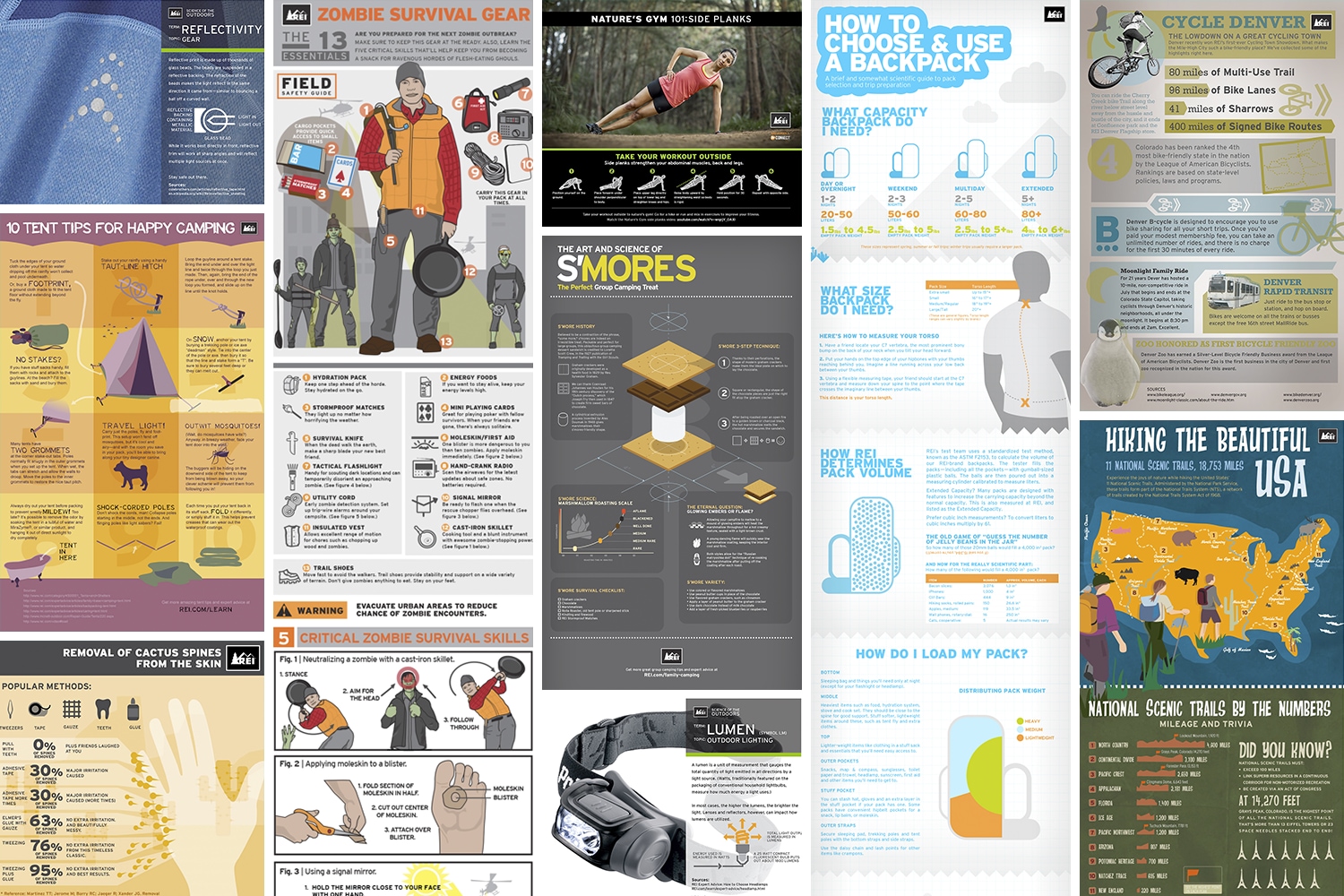Seasonal Challenges Bugs Rain Snow And Wind
The Very Best Knot Strategies For Camping Tent Man LinesThe Grip Drawback is a basic and protected way to establish camping tent guy lines. It's additionally an excellent method for backing out a stubborn outdoor tents peg. It can additionally be utilized to create a flexible tarp guy line where the modification is made at the tent/tarp end. It's useful in high winds as it does not slip.
1. Bowline
Bowline is a knot that makes a loophole at one end of a rope. It's simple to link and unknot, and it withstands jamming fairly well.
It's additionally a great knot to utilize for signing up with 2 lines with each other, although it's usually suggested that you make use of a various strategy (such as a sheet bend or square knot) for this objective, to stay clear of having both different bowlines use against each other in time and compromise the line.
One prospective issue with bowlines is that they can conveniently jam or bind if the functioning end is inaccurately gone through the bunny hole. Several vital failures have been reported as a result of this, especially when used in climbing up applications. To aid stop this from taking place, you can make a left-handed bowline by passing completion around the standing part of the loop instead of through it, as shown in the computer animation below. This variant reportedly performs much better and withstands ring stress (a distending pressure applied either side of the knot) much better than the common bowline.
2. Grip Hitch
Utilizing these gripping hitches to protect your individual lines helps you prevent the issue of your line jamming while adjusting or tightening them. They are additionally valuable when affixing a line to a things that is harder to reach than your standing end, such as a tree or large support object.
The Hold Hitch is a friction knot that can be quickly moved up or down the line while slack however holds firm under lots. It serves for tensioning ridgelines or guy lines and for camping applications to protect tarpaulins or camping tents.
To connect the Grasp Drawback, pass the working end around the standing part twice and tuck it under itself. To tighten, pull on the working end to produce a bight and after that utilize the bight to protect the knot to itself. For tent accessories included safety, you can cover the functioning end around the standing component 3 times to increase friction and stop the drawback from slipping under load.
3. Midshipman's Hitch
Also known as the Taut Line Hitch (ABOK # 1856, p 310), Adjustable Hitch, or Rigger's Hitch this knot creates an adjustable loophole at the end of a rope that can be glided backwards and forwards the standing end but still holds snugly when tightened up. It is additionally easy to untie while under load.
Ashley advises this knot for a tent man line because unlike the bowline it can be connected while under load and is much less prone to turning. It also develops an intermediate Awning Hitch that can take the first load while linking the final Fifty percent Hitch
To utilize this knot wrap the functioning end around an object such as a post or cleat. Following pass it back toward the item via the very first Fifty percent Drawback developing a second Awning Drawback. Lastly coating connecting the last Fifty percent Drawback and draw hard to outfit and tighten. For added safety wrap a second Midshipman's Hitch on top of the initial.
4. Flexible Grip Drawback.
The Flexible Hold Drawback, additionally referred to as the Crawley Adjustable Hitch and the Adjustable Loophole Knot, is a friction hitch that can be conveniently moved up or down a line with slack but holds firm under lots. It is frequently used for readjusting outdoor tents ridge lines or tarps around camp.
This slide-and-grip knot provides great grip and is easier to link than the Tautline Hitch or Midshipman's Drawback, however shouldn't be made use of for important applications because it might slip when shock loaded. It can be enhanced by adding added starting turns to raise the "hold" and friction in unsafe materials.
To link this friction drawback, pass the working end around the things, then wrap it back together with itself and tuck completion under the second turn. Draw the working end to tighten up the knot.
